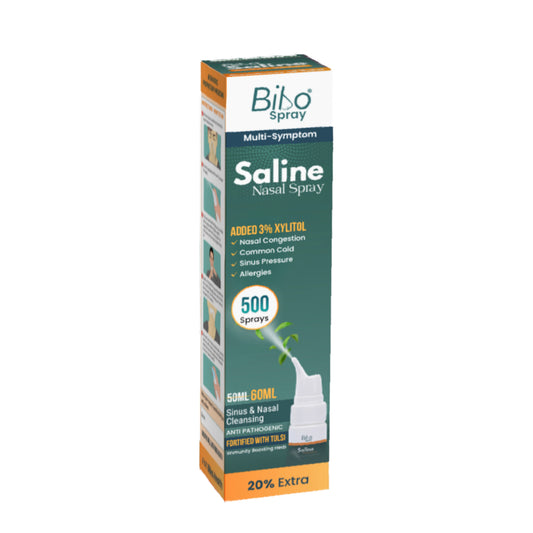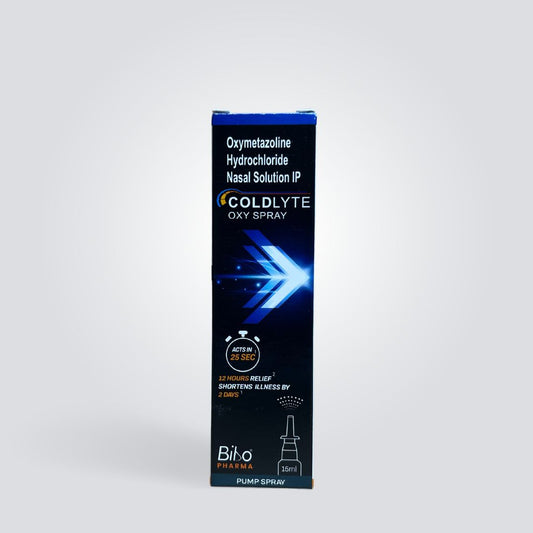Blog written by: Dr Anju Balakrishnan

In the present Covid era, polluted environment and smoking, we are prone to recurrent respiratory ailments like the common cold, nasal congestion, nasal polyp, sinusitis, breathing difficulty and many more. Have you tried nasal sprays, inhalers, nebulization, etc., and still found no relief?
Have you heard about Nasya therapy, one of the Panchakarma that is mentioned in Ayurveda? It is one of the purificatory measures which helps to clear the nasal and sinus channels and removes toxins from the body. Nasal therapy is a procedure of instilling medicaments through the nasal route. In Ayurveda, the nasal route is considered to be the entry towards the head. Hence, it’s therapeutically indicated in supra clavicular ailments, diseases of the head, neck, etc. Proper measures have to be followed during this procedure.
Benefits of Nasya karma:
Nasya acts as detoxifying therapy and hence expels the morbid doshas. It is highly beneficial in case of migraine, all sorts of headaches, cervical spondylosis, etc. It is very effective in stress reduction when practised daily. The drug administered will stimulate the vital centres of the brain by which emotions will be regulated. The therapy is even beneficial in paralysis. Regular practice of nasya is beneficial for skin complexion and improves the texture of hair. Nasya karma is one of the treatments for nasal polyps. It removes the obstruction and helps to treat the inflammation.
Nasya karma in larger doses (Marsha nasya) should be followed under strict medical surveillance. Nasya is usually practised during morning hours, but during the winter season, it can also be practised during mid-day. The time for nasya karma also varies depending upon the disease condition and vitiated doshas. Practising nasya in the afternoon is beneficial for Pitta-related ailments, and nasya during evening hours will help to treat Vata disorders. The drug, dose, and time of the treatment will be decided accordingly by the physician.
What is the procedure of Nasya therapy?
There are many varieties of Nasya mentioned in Ayurvedic classics according to their therapeutic utility, the form of drugs used and the dosage of the Nasya drug used. The whole treatment is done under 3 procedures. i.e., pre-procedure, main procedure and post-procedure.
Pre-procedure includes oil massage (snehana) to the face and neck areas, followed by hot fomentation (swedana). It helps to dislodge adhesive doshas. Next is the main procedure called Nasya karma. Here medicines are instilled in the nostril in the form of oil, powder, juices, etc., using instruments like a dropper. The head should be slightly raised from ground level to facilitate complete absorption of the drug. The sole, shoulder, neck, ear and palm are gently massaged after the administration of the drug. The dose of the drug is decided considering the strength of the patient and disease condition. The treatment is concluded by post-procedures like gargling with hot water, medicated smoking etc. It helps to eliminate the excess moisture present in the nasal cavity.
Nasya therapy can also be practised from home, called prathimarsha nasya. Here Nasya drug will be taken in less quantity. i.e., 2 drops in each nostril. It can be practised daily. Proper time and duration of drug administration have to be followed considering the age, condition, dosha involved (Vata, Pitta or Kapha), the form of drug used, etc. The concentration and pH of the drug play an important role in absorption. It helps to clear the nasal cavity, removes congestion, cures sinusitis, reduces inflammation etc. Nasya karma can cause slight irritation. Nasya karma helps to stimulate the higher centres of the brain and hence, regulates neurological, endocrinal and circulatory functions by facilitating both local and systemic action. The medicaments (medicines) administered through the nostril enter the nervous system (Brain) and venous system (Blood) present around the nasal cavity. They evacuate the morbidity by clearing the channel by which the disease condition can be cured.
Measures to be taken before and after Nasya therapy (Nasya karma):
Nasya karma should not be done soon after intake of food, or water, immediately after a bath, and who controls natural urges. It is contraindicated for kids below 7 years and those aged above 80 because of their vulnerability. Pregnant women are also not advised to go for this treatment. If the person has undergone any purificatory measures recently, Nasya karma is not advised. After the completion of treatment, one should not take bath immediately or get exposed to wind, cold, etc. All these precautions have to be followed during Nasya therapy.
So what are your thoughts regarding this wonderful nasal therapy? Do share your comments in the box given below.




